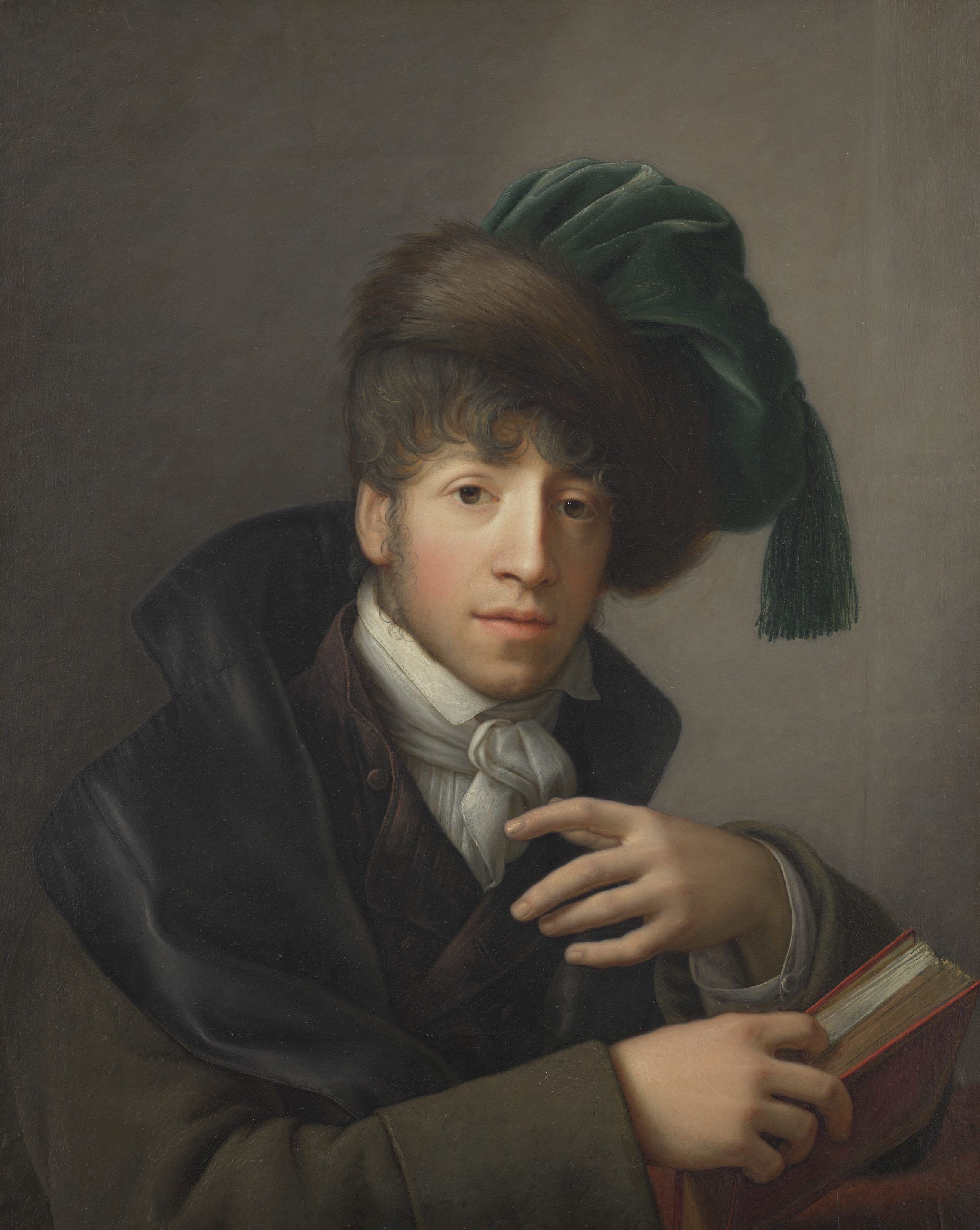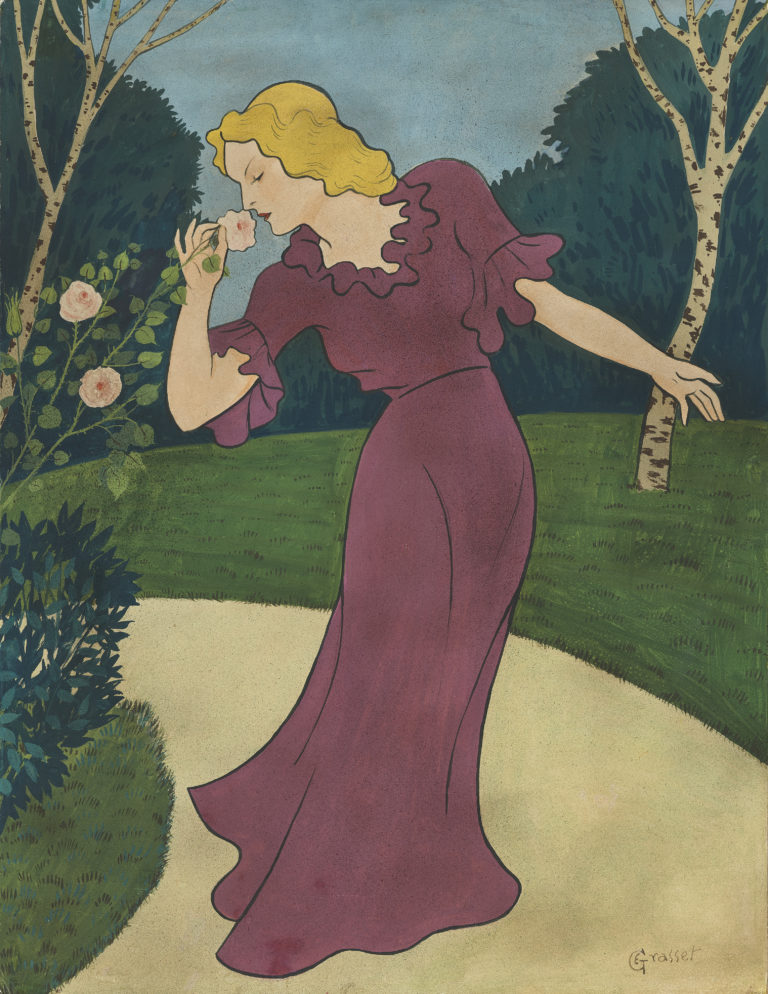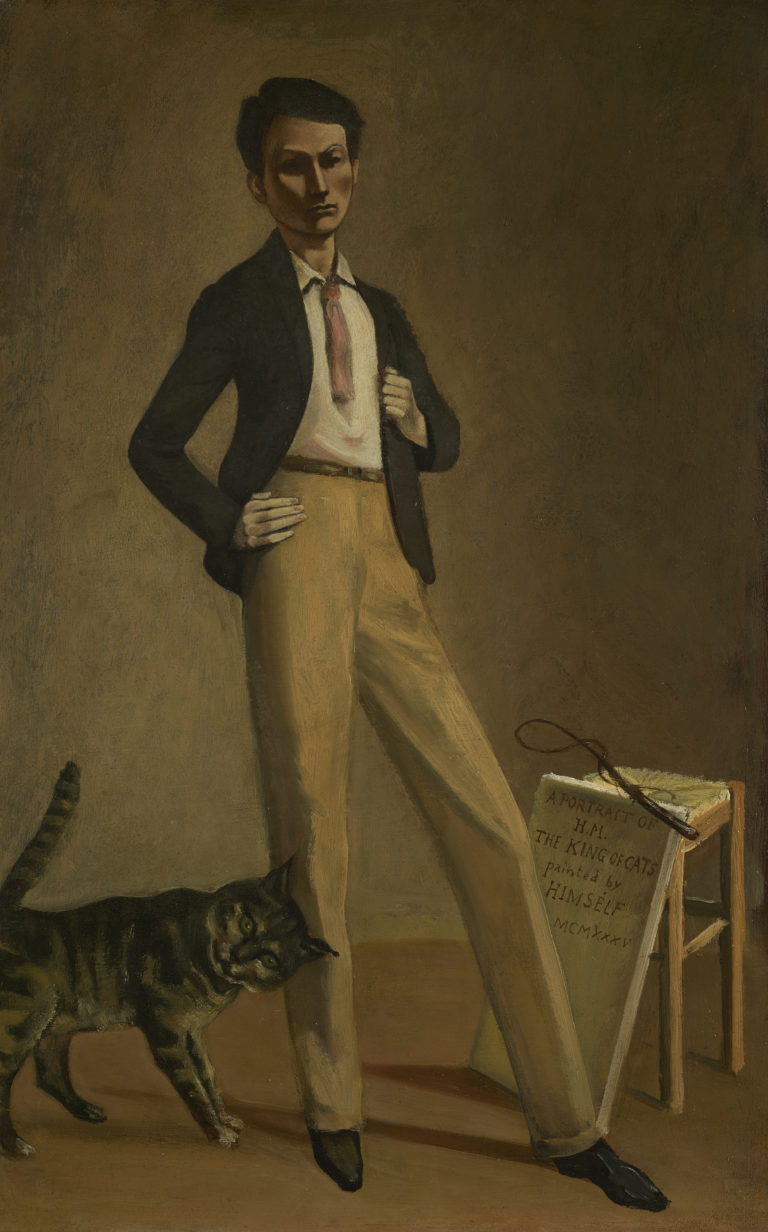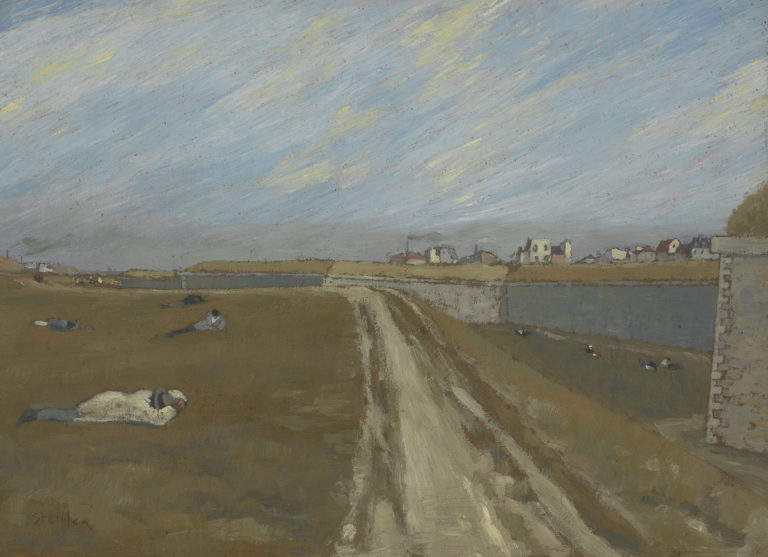Bibliography
Frédéric Elsig, Peintures des écoles du Nord (XVIe-XVIIIe siècles), Les Cahiers du Musée des Beaux-Arts de Lausanne n. 16, 2007: n. 36.
Marianne Heinz (ed.), 3 x Tischbein und die europäische Malerei um 1800, Munich, Hirmer Verlag, 2005.




Nicolas Châtelain and Johann Friedrich August Tischbein – the model and his painter – both belonged to grand dynasties. Châtelain, the son of a pastor, came from a rich family of booksellers in Rotterdam who had been forced to take refuge in the Pays de Vaud by the Prussian invasion of 1787. A great traveller, he stayed in Italy in the 1790s and made a name for himself with his novels and literary pastiches. Tischbein, known as the ‘Leipziger Tischbein’, belonged to a German family that produced three generations of famous painters. Having trained in Paris and Rome, he turned his back on the ceremonial portrait in favour of a ‘sentimental’ neoclassicism influenced by Élisabeth Vigée Le Brun (France) and Thomas Gainsborough and George Romney (England). He was the most sought-after portraitist in Germany in the late eighteenth century.
Tischbein painted two earlier portraits of Châtelain (Munich, Neue Pinakothek) in 1791 and 1794, probably in Rotterdam. They show the sitter at full height and actual size, posing, in one as an elegant young man in a garden and in the other in an interior wearing a Renaissance costume. The Museum’s portrait was made after 1800, when Tischbein was director of the Kunstakademie in Leipzig. In this bust-length work, Châtelain poses as a man of letters, his finger marking his page in the book that he has just closed, in front of a neutral ground. He is entering his thirties and looks out at the viewer with a melancholy gaze. The black, shiny material of his coat lapel and the white muslin of his shirt and cravat form a frame for his pale face, with its slightly reddened cheeks and handsome sensual lips. His hair done in the ‘Titus-style’, Châtelain wears an ‘à la Turque’ headpiece lined with fur, which brings out the delicacy of his features in this portrait that is halfway between neoclassical severity and Romantic gentleness.